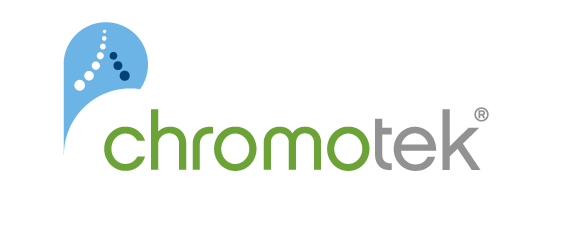ChromoTek GFP Monoclonal antibody (3H9)
Rat monoclonal antibody [3H9] to Green Fluorescent Proteins
Cat No : 3h9
Synonyms
Validation Data Gallery
Product Information
Rat monoclonal antibody [3H9] to Green Fluorescent Proteins
| Description | GFP rat monoclonal antibody [3H9] for WB |
| Applications | WB |
| Specificity/Target | The antibody recognizes green fluorescent proteins derived from Aequorea victoria GFP, such as eGFP, wtGFP, YFP, or CFP. For the complete list, please click here: Fluorescent protein specificity table antibodies |
| Recommended Dilution | Western Blot: 1:1,000 Note: GFP antibody [3H9] does not work in immunofluorescence. |
| Host/IsoType | Rat/IgG2a |
| Class | Monoclonal |
| Type | Antibody |
| Immunogen | Green Fluorescent Protein (GFP) |
| UniProtKB | P42212 |
| Clone No. | 3H9 |
| Conjugate | Unconjugated |
| Form | Liquid |
| Purification Method | Protein A or G purified |
| RRID | AB_10773374 |
| Storage Buffer | PBS, 50% glycerol, preservative: 0.09% sodium azide. |
| Storage Condition | Shipped on ice. Store at -20°C/-4°F. Stable for 1 year after shipment. |
| Background | Green Fluorescent Proteins (GFPs) encompass a diverse range of proteins carrying a green chromophore, originating from various species and forming different protein lineages. Wildtype GFP consists of 238 amino acid residues (26.9 kDa). GFP was first identified in the jellyfish Aequorea victoria. It emits green light with a peak wavelength of 509 nm upon excitation by blue light at 395 nm. When fused with other proteins, GFP serves as a versatile reporter protein e.g. for quantifying expression levels or facilitates visualization of subcellular localization through fluorescence microscopy. This antibody is a rat monoclonal antibody against GFP, reactive to wtGFP, EGFP, YFP, and CFP. |
Documentation
| SDS |
|---|
| SDS GFP monoclonal antibody (PDF) |
| Datasheet |
|---|
| Datasheet GFP monoclonal antibody (PDF) |
| ANTIBODY SPECIFICITY |
|---|
| Fluorescent protein specificity table antibodies |
Publications
| Application | Title |
|---|---|
Cell A family of conserved bacterial virulence factors dampens interferon responses by blocking calcium signaling. | |
Cell The Ubiquitin Ligase CHIP Integrates Proteostasis and Aging by Regulation of Insulin Receptor Turnover. | |
Cell Exome capture reveals ZNF423 and CEP164 mutations, linking renal ciliopathies to DNA damage response signaling. | |
Nat Methods Quantitative mapping and minimization of super-resolution optical imaging artifacts. |

![Dilution series of EGFP in HEK 293T cell lysate
Primary antibody: [3H9] 1:1,000
Secondary antibody: goat anti-rat Alexa Fluor® 488 1:1,000 Dilution series of EGFP in HEK 293T cell lysate
Primary antibody: [3H9] 1:1,000
Secondary antibody: goat anti-rat Alexa Fluor® 488 1:1,000](/products/pictures/Result-3h9.png)